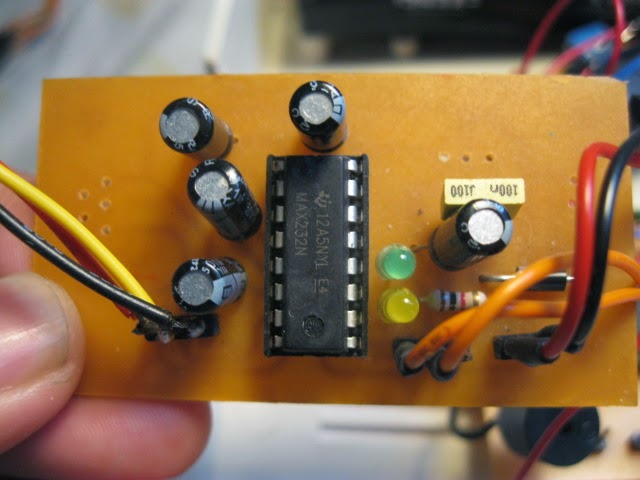Objective: To create a circuit for the light dependent resistor
Analysis/Procedure:
The light dependent resistor (LDR) is used to be the sensor of this project. Initially, the chosen sensor of
this project is the proximity sensor. However, after mounting it to the speedometer,
it generates an inductive kick back current by the DC motor.
Inductive kick is
very common in motors because of the coils in them. When there is a change in
the current of the coils, for example, when the motor being switched off, a
high voltage spike will develop. The result makes the proximity when ON and OFF
in a wild manner. But in reality, the needle of the speedometer will rotate due
to the air pressure from the axel of a vehicle’s tyre rotating. The faster the
tyre rotate per revolutions, the faster the needle will rotate (increase of
KM/H). Thus, the proximity sensor will work in a speedometer in a real vehicle.
LDR is a passive electronic component, basically a
resistor which has a resistance that varies depending of the light intensity. A
photoresistor is made of a high resistance semiconductor that absorbs photons
and based on the quantity and frequency of the absorbed photons the
semiconductor material give bound electrons enough energy to jump into the
conduction band. The resulting free electrons conduct electricity resulting in
lowering resistance of the photoresistor. The number of electrons is dependent
of the photons frequency.
After circuit has complete, the LDR must be mounted to the speedometer display.










